Home>Home Appliances>Laundry Appliances>How To Get Mildew Out Of Clothes In The Washing Machine
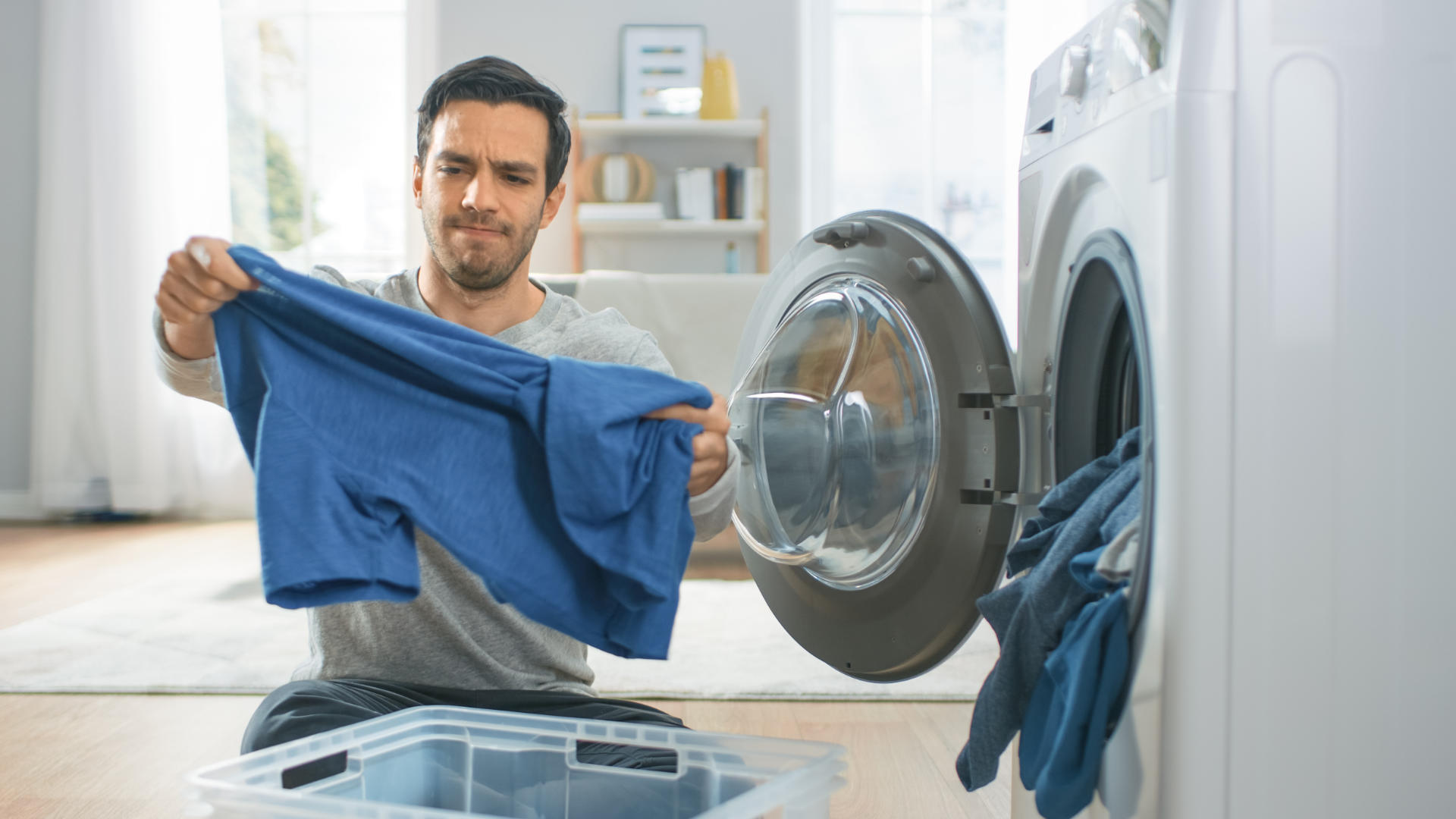

Laundry Appliances
How To Get Mildew Out Of Clothes In The Washing Machine
Modified: October 24, 2024
Learn how to effectively remove mildew from clothes using your washing machine. Discover the best laundry appliance tips for tackling mildew stains.
(Many of the links in this article redirect to a specific reviewed product. Your purchase of these products through affiliate links helps to generate commission for Storables.com, at no extra cost. Learn more)
Introduction
Dealing with mildew on clothes can be a frustrating and unpleasant experience. The musty odor and unsightly stains can leave you feeling disheartened, especially if you've just pulled your favorite outfit from the washing machine only to find it marred by mildew. However, fear not! With the right approach and a few simple ingredients, you can effectively banish mildew from your clothes and restore them to their former freshness.
In this comprehensive guide, we will explore various methods for removing mildew from clothes in the washing machine. Whether you prefer natural remedies or commercial products, there's a solution to suit your needs. From understanding the nature of mildew to implementing preventive measures, this article will equip you with the knowledge and techniques to tackle mildew-related laundry woes with confidence.
So, if you've ever wondered how to salvage clothes affected by mildew or prevent this pesky problem from recurring, you're in the right place. Let's dive into the world of mildew removal and discover the best strategies for keeping your laundry fresh and mildew-free.
Key Takeaways:
- Say goodbye to mildew on clothes by using natural remedies like vinegar and baking soda, or powerful options like chlorine bleach. Follow proper washing machine maintenance and drying techniques to prevent future mildew growth.
- Keep your clothes mildew-free by ensuring thorough drying, proper storage, regular washing machine maintenance, prompt stain treatment, and promoting air circulation. With these steps, enjoy fresh and revitalized laundry for the long haul.
Read more: How To Get Sand Out Of A Washing Machine
Understanding Mildew
Mildew is a type of mold that thrives in damp, warm, and poorly ventilated environments. It appears as a thin, black, or white growth on fabric, often accompanied by a musty odor. This unwelcome guest can take up residence on clothes that have been left wet for too long, stored in humid conditions, or washed in a machine with lingering moisture. Understanding the nature of mildew is crucial for effectively combating its presence in your laundry.
Mildew is not only unsightly but can also cause fabric deterioration and unpleasant odors. When clothes are affected by mildew, it's essential to address the issue promptly to prevent further damage. Additionally, it's important to note that mildew can be harmful to health, especially for individuals with allergies or respiratory conditions.
To effectively combat mildew, it's crucial to address the root cause of its growth. This often involves ensuring that clothes are thoroughly dried after washing and stored in well-ventilated areas. Furthermore, regular cleaning and maintenance of the washing machine can help prevent mildew from taking hold in the first place.
By gaining a deeper understanding of mildew and its preferred conditions for growth, you can take proactive measures to protect your clothes and maintain a fresh, mildew-free wardrobe. Armed with this knowledge, you'll be better equipped to tackle mildew-related challenges and keep your laundry looking and smelling its best.
Preparing the Washing Machine
Before embarking on the mission to banish mildew from your clothes, it's crucial to prepare your washing machine for the task at hand. This step is essential for ensuring that the machine is clean and free from any lingering mildew spores or odors that could potentially recontaminate your laundry. Here's how to prepare your washing machine effectively:
-
Clean the Interior: Start by giving the interior of the washing machine a thorough cleaning. Wipe down the drum, agitator (if applicable), and any other accessible surfaces with a solution of warm water and mild detergent. This helps remove any residual dirt, soap scum, or mildew-friendly grime that may have accumulated over time.
-
Inspect the Gasket or Door Seal: If your washing machine has a rubber gasket or door seal, take a close look to ensure that it's free from mold or mildew buildup. Use a mildew-specific cleaner or a solution of water and white vinegar to wipe down the gasket and remove any visible mold or mildew. Pay special attention to the folds and crevices where moisture can accumulate.
-
Run a Cleaning Cycle: Many modern washing machines feature a dedicated cleaning cycle designed to tackle mold, mildew, and lingering odors. If your machine offers this option, run a cleaning cycle using a specialized washing machine cleaner or a solution of hot water, white vinegar, and baking soda. This helps eliminate any hidden mildew and refreshes the internal components of the machine.
-
Check the Drainage System: Ensure that the washing machine's drainage system is clear and free from blockages. A clogged drain can lead to standing water in the machine, creating a breeding ground for mildew. If necessary, clean the drain filter and remove any debris that may impede proper drainage.
By taking the time to prepare your washing machine before tackling the mildew on your clothes, you set the stage for a successful and thorough cleaning process. A clean and well-maintained washing machine not only helps in removing existing mildew but also plays a crucial role in preventing future mildew-related issues. With your machine primed and ready, you can proceed with confidence, knowing that you've set the foundation for effective mildew removal and laundry revitalization.
Using Vinegar and Baking Soda
When it comes to combating mildew on clothes, natural remedies can be remarkably effective. One popular and eco-friendly approach involves harnessing the cleaning power of white vinegar and baking soda. These household staples not only help eliminate mildew but also work to neutralize odors and brighten fabrics without the use of harsh chemicals. Here's how to use vinegar and baking soda to banish mildew from your clothes in the washing machine:
-
Pre-Treatment: Before loading the affected clothes into the washing machine, it's beneficial to pre-treat the mildew-stained areas with a solution of white vinegar. Mix equal parts of white vinegar and water in a spray bottle and generously spritz the affected areas. Allow the solution to penetrate the fabric for 10-15 minutes before proceeding to the next step.
-
Laundry Load Preparation: Once the pre-treatment phase is complete, it's time to prepare the washing machine for the main wash cycle. Start by adding the usual amount of laundry detergent to the detergent compartment. Then, measure out half a cup of baking soda and pour it directly into the drum of the washing machine. Baking soda acts as a natural deodorizer and helps lift mildew stains from the fabric.
-
Vinegar Boost: To further enhance the mildew-fighting power of this method, pour one to two cups of white vinegar into the fabric softener compartment of the washing machine. White vinegar not only helps eliminate mildew but also works to soften fabrics and remove detergent residue, leaving your clothes fresh and clean.
-
Wash Cycle: With the pre-treatment completed and the washing machine loaded with the affected clothes, initiate a hot water wash cycle. The combination of white vinegar, baking soda, and hot water creates a potent cleaning environment that targets mildew and odors, effectively restoring your clothes to their former freshness.
-
Post-Wash Inspection: Once the wash cycle is complete, carefully inspect the clothes for any remaining signs of mildew. If necessary, repeat the process or spot-treat stubborn stains with a vinegar and water solution before proceeding to the final rinse and drying phase.
By harnessing the natural cleaning prowess of white vinegar and baking soda, you can effectively combat mildew on clothes and breathe new life into your laundry. This gentle yet potent method not only removes mildew and odors but also helps maintain the vibrancy and integrity of your garments. With a few simple ingredients and a bit of know-how, you can bid farewell to mildew-related laundry woes and enjoy fresh, revitalized clothes once more.
Using Bleach
When it comes to combating stubborn mildew stains on clothes, bleach is a powerful ally in the fight for fresh and clean laundry. Chlorine bleach, known for its potent whitening and disinfecting properties, can effectively eradicate mildew and mold spores, leaving your clothes revitalized and free from unsightly stains and odors. Here's a step-by-step guide on how to use bleach to banish mildew from your clothes in the washing machine:
-
Sorting and Pre-Treatment: Begin by sorting the affected clothes to ensure that items suitable for bleaching are separated from those that may be damaged by the bleach. For white or colorfast garments, you can proceed with using bleach. For colored or delicate fabrics, consider alternative methods to avoid potential damage. Next, pre-treat the mildew-stained areas by applying a small amount of undiluted bleach directly to the stains. Allow the bleach to penetrate the fabric for 5-10 minutes, but be cautious not to exceed this time to prevent damage to the fabric.
-
Load Preparation: Once the pre-treatment phase is complete, load the bleach-safe garments into the washing machine. Add the regular amount of laundry detergent to the detergent compartment. Then, measure out the appropriate amount of chlorine bleach based on the manufacturer's guidelines and the size of the laundry load. It's important to follow the recommended bleach-to-water ratio to ensure effective stain removal without causing damage to the fabric.
-
Wash Cycle: Initiate a hot water wash cycle to maximize the stain-lifting and disinfecting power of the bleach. The combination of hot water and chlorine bleach creates an environment that effectively targets and eliminates mildew stains and spores. Allow the wash cycle to complete, ensuring that the bleach has ample time to work its magic on the affected garments.
-
Post-Wash Inspection: Once the wash cycle concludes, carefully inspect the clothes for any remaining signs of mildew. If the stains persist, consider repeating the bleach treatment or spot-treating specific areas with undiluted bleach before proceeding to the final rinse and drying phase.
It's important to note that while chlorine bleach is a potent mildew-fighting agent, it should be used with caution and in accordance with the garment care labels and bleach manufacturer's instructions. Additionally, chlorine bleach is not suitable for all fabrics and can cause discoloration or damage if used incorrectly. Always perform a patch test on a discreet area of the garment before proceeding with full-scale bleaching.
By harnessing the stain-lifting and disinfecting power of chlorine bleach, you can effectively combat mildew on clothes and restore them to their former freshness. This method is particularly effective for white or colorfast garments and can help breathe new life into clothes marred by stubborn mildew stains. With proper care and attention to detail, you can bid farewell to mildew-related laundry woes and enjoy revitalized, mildew-free clothes once more.
Using Oxygen-Based Bleach
When it comes to combating mildew on clothes, oxygen-based bleach offers a gentler yet effective alternative to chlorine bleach. This type of bleach, often formulated with sodium percarbonate or hydrogen peroxide, harnesses the power of oxygen to lift stains, brighten fabrics, and eliminate odors without the harshness associated with chlorine bleach. Here's a detailed guide on how to use oxygen-based bleach to banish mildew from your clothes in the washing machine:
-
Sorting and Pre-Treatment: Begin by sorting the affected clothes to identify items suitable for treatment with oxygen-based bleach. This type of bleach is generally safe for use on colored and delicate fabrics, making it a versatile option for a wide range of garments. Once sorted, pre-treat the mildew-stained areas by creating a paste using oxygen-based bleach and water. Apply the paste to the stains, ensuring thorough coverage, and allow it to sit for 10-15 minutes to penetrate the fabric and lift the mildew.
-
Load Preparation: After the pre-treatment phase, load the pre-treated garments into the washing machine. Add the regular amount of laundry detergent to the detergent compartment. Then, measure out the appropriate amount of oxygen-based bleach based on the manufacturer's guidelines and the size of the laundry load. Oxygen-based bleach is typically milder than chlorine bleach, making it suitable for use with a wide range of fabrics.
-
Wash Cycle: Initiate a warm or hot water wash cycle to activate the stain-lifting and brightening properties of the oxygen-based bleach. The combination of warm water and oxygen-based bleach creates an environment that effectively targets and eliminates mildew stains and odors. Allow the wash cycle to complete, ensuring that the oxygen-based bleach has ample time to work its magic on the affected garments.
-
Post-Wash Inspection: Once the wash cycle concludes, carefully inspect the clothes for any remaining signs of mildew. Oxygen-based bleach is known for its gentle yet effective stain removal capabilities, and in most cases, it effectively lifts mildew stains without causing damage to the fabric. If any stubborn stains persist, consider repeating the oxygen-based bleach treatment or spot-treating specific areas before proceeding to the final rinse and drying phase.
By leveraging the stain-lifting and brightening power of oxygen-based bleach, you can effectively combat mildew on clothes and revitalize them without the potential harshness associated with chlorine bleach. This method is particularly suitable for colored and delicate fabrics, offering a gentle yet potent solution for banishing mildew and restoring garments to their former freshness. With proper application and adherence to garment care guidelines, oxygen-based bleach can be a valuable ally in your quest for mildew-free and revitalized laundry.
Using a Commercial Mildew Remover
When natural remedies and traditional laundry products may not suffice in combating stubborn mildew stains, turning to a commercial mildew remover can provide a potent solution for revitalizing affected clothes. These specialized products are formulated to target and eliminate mildew, offering a convenient and effective way to restore garments to their former freshness. Here's a detailed guide on how to use a commercial mildew remover to banish mildew from your clothes in the washing machine:
-
Product Selection: Begin by selecting a high-quality commercial mildew remover designed specifically for use on fabrics. Look for a product that is safe for use in washing machines and suitable for the types of fabrics you intend to treat. Read the manufacturer's instructions and safety guidelines carefully before proceeding.
-
Pre-Treatment: Before loading the affected clothes into the washing machine, pre-treat the mildew-stained areas with the commercial mildew remover as per the product's instructions. This may involve applying the remover directly to the stains and allowing it to penetrate the fabric for a specified duration. Some products may recommend gentle agitation or scrubbing to aid in the removal of stubborn stains.
-
Load Preparation: Once the pre-treatment phase is complete, load the pre-treated garments into the washing machine. Add the regular amount of laundry detergent to the detergent compartment. Then, follow the manufacturer's guidelines to determine the appropriate amount of the commercial mildew remover to add to the wash cycle. Ensure that the product is distributed evenly among the garments for thorough and effective treatment.
-
Wash Cycle: Initiate a wash cycle as recommended by the product instructions. Depending on the specific commercial mildew remover, the optimal water temperature and cycle duration may vary. Allow the washing machine to complete the cycle, ensuring that the commercial mildew remover has ample time to work its magic on the affected garments.
-
Post-Wash Inspection: Once the wash cycle concludes, carefully inspect the clothes for any remaining signs of mildew. Commercial mildew removers are formulated to target tough stains and odors, and in most cases, they effectively eliminate mildew without causing damage to the fabric. If any stubborn stains persist, consider repeating the treatment or spot-treating specific areas before proceeding to the final rinse and drying phase.
By utilizing a commercial mildew remover, you can effectively combat persistent mildew stains on clothes and restore them to their former freshness. These specialized products offer a convenient and potent solution for banishing mildew, making them a valuable addition to your laundry arsenal. With proper application and adherence to the product's guidelines, a commercial mildew remover can help you bid farewell to stubborn mildew-related laundry woes and enjoy revitalized, mildew-free clothes once more.
Final Rinse and Drying
After successfully combating mildew in the washing machine, the final rinse and drying phase play a crucial role in ensuring that your clothes emerge fresh, clean, and free from any lingering traces of mildew or cleaning agents. This essential step not only completes the mildew removal process but also sets the stage for the garments to be fully revitalized and ready to wear once more.
Rinsing Process
Following the wash cycle, initiate an additional rinse cycle to thoroughly remove any residual cleaning agents, mildew spores, and odors from the garments. Opt for a cold or cool water rinse, as this helps to close the fabric fibers and lock in the freshness achieved during the cleaning process. The extra rinse cycle also aids in preventing detergent or bleach buildup, ensuring that your clothes are free from any potential irritants or residues that could compromise their cleanliness and comfort.
Read more: How To Get Water Out Of A Washing Machine
Drying Techniques
Once the final rinse is complete, it's time to transition to the drying phase. Proper drying is essential for preventing mildew from making a comeback and ensuring that your clothes are ready to wear. Consider the following techniques for optimal drying:
-
Air Drying: Whenever possible, opt for air drying your freshly cleaned garments. Hang them outdoors in a well-ventilated area, preferably in direct sunlight. Sunlight acts as a natural disinfectant and deodorizer, helping to further eliminate any lingering mildew spores and odors. Additionally, the gentle breeze aids in drying the fabric thoroughly, leaving your clothes smelling fresh and feeling revitalized.
-
Machine Drying: If air drying is not feasible, utilize a dryer to dry your clothes. Select the appropriate drying setting based on the fabric care labels and the specific requirements of the garments. Ensure that the dryer is clean and free from any residual mildew or lint to prevent recontamination. Consider adding a fabric softener sheet or a few drops of essential oil to the dryer to impart a fresh, pleasant scent to your laundry.
Inspection and Storage
After the drying process, carefully inspect your clothes to ensure that they are free from any remaining signs of mildew or stains. If any stubborn stains persist, consider spot-treating the affected areas before storing the garments. Once satisfied with the cleanliness and freshness of your laundry, fold or hang the garments and store them in a well-ventilated area to prevent moisture buildup and the potential for mildew to reoccur.
By paying attention to the final rinse and drying phase, you complete the journey of banishing mildew from your clothes, leaving them fresh, clean, and ready to be enjoyed once more. With these meticulous steps, you can bid farewell to mildew-related laundry woes and revel in the revitalized and mildew-free garments that await you.
Preventing Mildew in the Future
Preventing mildew from rearing its unwelcome head in your laundry is a proactive endeavor that involves implementing a combination of preventive measures and best practices. By taking the following steps, you can significantly reduce the likelihood of encountering mildew-related issues in the future, ensuring that your clothes remain fresh, clean, and free from the clutches of this pesky intruder.
Thorough Drying
One of the most effective ways to prevent mildew is to ensure that your clothes are thoroughly dried after washing. Avoid leaving damp garments in the washing machine or laundry basket for extended periods, as this creates an ideal environment for mildew to thrive. Instead, promptly transfer freshly washed clothes to a well-ventilated area to air dry or utilize a dryer to expedite the drying process. Pay special attention to heavy or thick fabrics, ensuring that they are given ample time to dry completely to prevent moisture retention.
Read more: How To Get Rust Out Of A Washing Machine
Proper Storage
The way you store your clothes can significantly impact their susceptibility to mildew. Opt for storage areas that are well-ventilated and free from excess humidity. Avoid packing clothes tightly in closets or drawers, as this can impede airflow and create conditions conducive to mildew growth. Consider using breathable garment bags or storage containers to protect clothes from dust and pests while allowing air circulation. Additionally, periodically inspect stored garments to ensure that they remain dry and free from any signs of mildew.
Regular Washing Machine Maintenance
Maintaining a clean and well-functioning washing machine is essential for preventing mildew from infiltrating your laundry. Regularly clean the drum, detergent compartments, and rubber gaskets to remove any accumulated grime or moisture that could harbor mildew spores. After each use, leave the washing machine door ajar to allow residual moisture to evaporate, preventing the formation of a damp environment conducive to mildew growth. Consider running a cleaning cycle with a washing machine cleaner or a solution of white vinegar and baking soda to keep your machine fresh and mildew-free.
Prompt Stain Treatment
Addressing stains and spills promptly can help prevent mildew from taking hold on your clothes. Whether it's a food spill, sweat, or other sources of moisture, treating stains as soon as they occur can prevent them from becoming breeding grounds for mildew. Utilize appropriate stain removal techniques and products to effectively lift and eliminate stains, reducing the risk of mildew formation during subsequent wash cycles.
Air Circulation
Promoting air circulation around your clothes can deter mildew growth and keep your garments fresh. Consider using fans or dehumidifiers in areas prone to high humidity to maintain optimal air quality and reduce moisture levels. Additionally, periodically airing out closets, drawers, and storage areas can help prevent stagnant air and moisture buildup, creating an inhospitable environment for mildew.
By incorporating these preventive measures into your laundry routine and storage practices, you can effectively thwart the advances of mildew and maintain a wardrobe of fresh, clean, and revitalized clothes. With diligence and attention to detail, you can enjoy the peace of mind that comes with knowing that your garments are safeguarded against the threat of mildew, allowing you to revel in the freshness and cleanliness of your laundry for the long haul.
Frequently Asked Questions about How To Get Mildew Out Of Clothes In The Washing Machine
Was this page helpful?
At Storables.com, we guarantee accurate and reliable information. Our content, validated by Expert Board Contributors, is crafted following stringent Editorial Policies. We're committed to providing you with well-researched, expert-backed insights for all your informational needs.
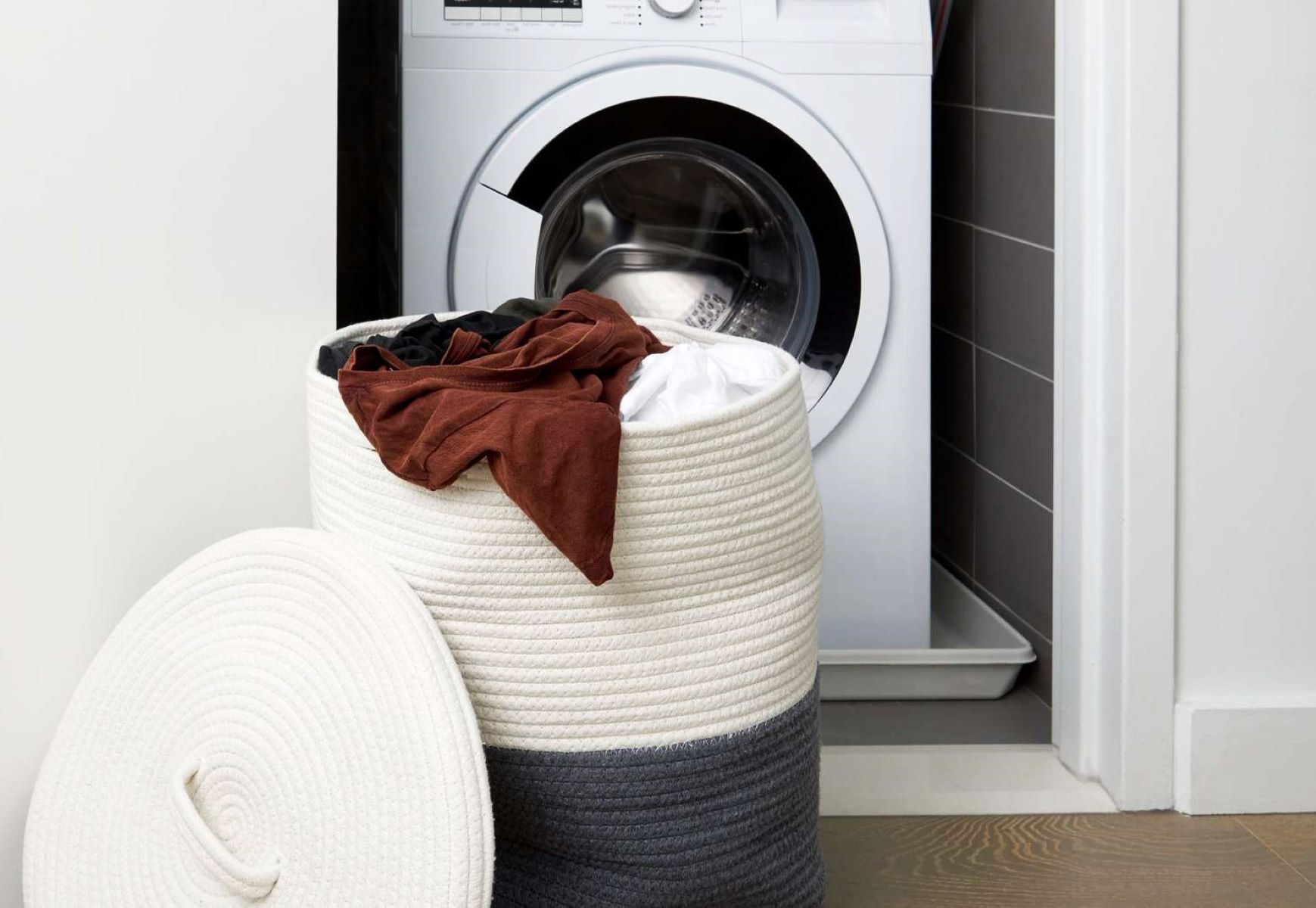
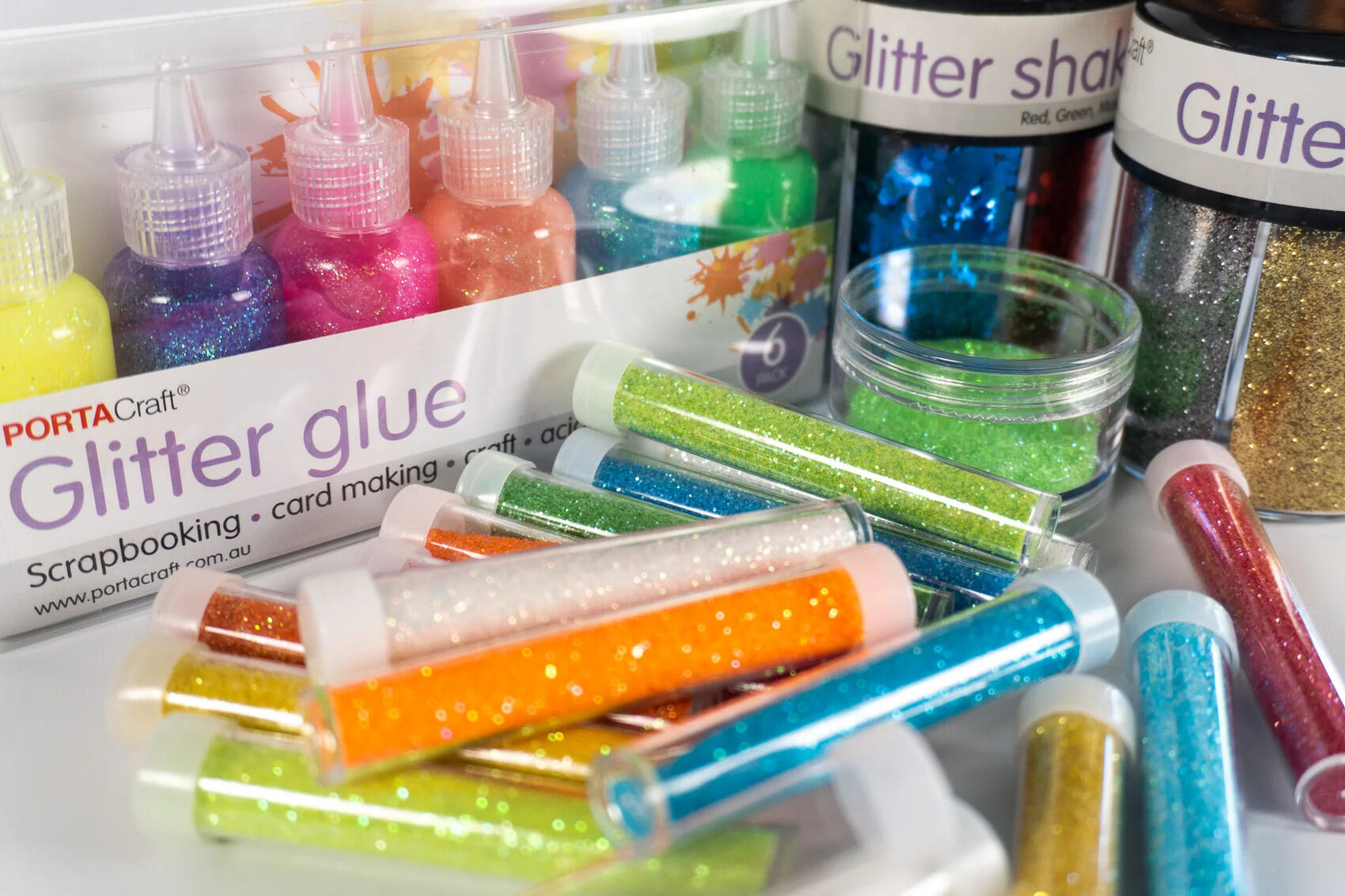
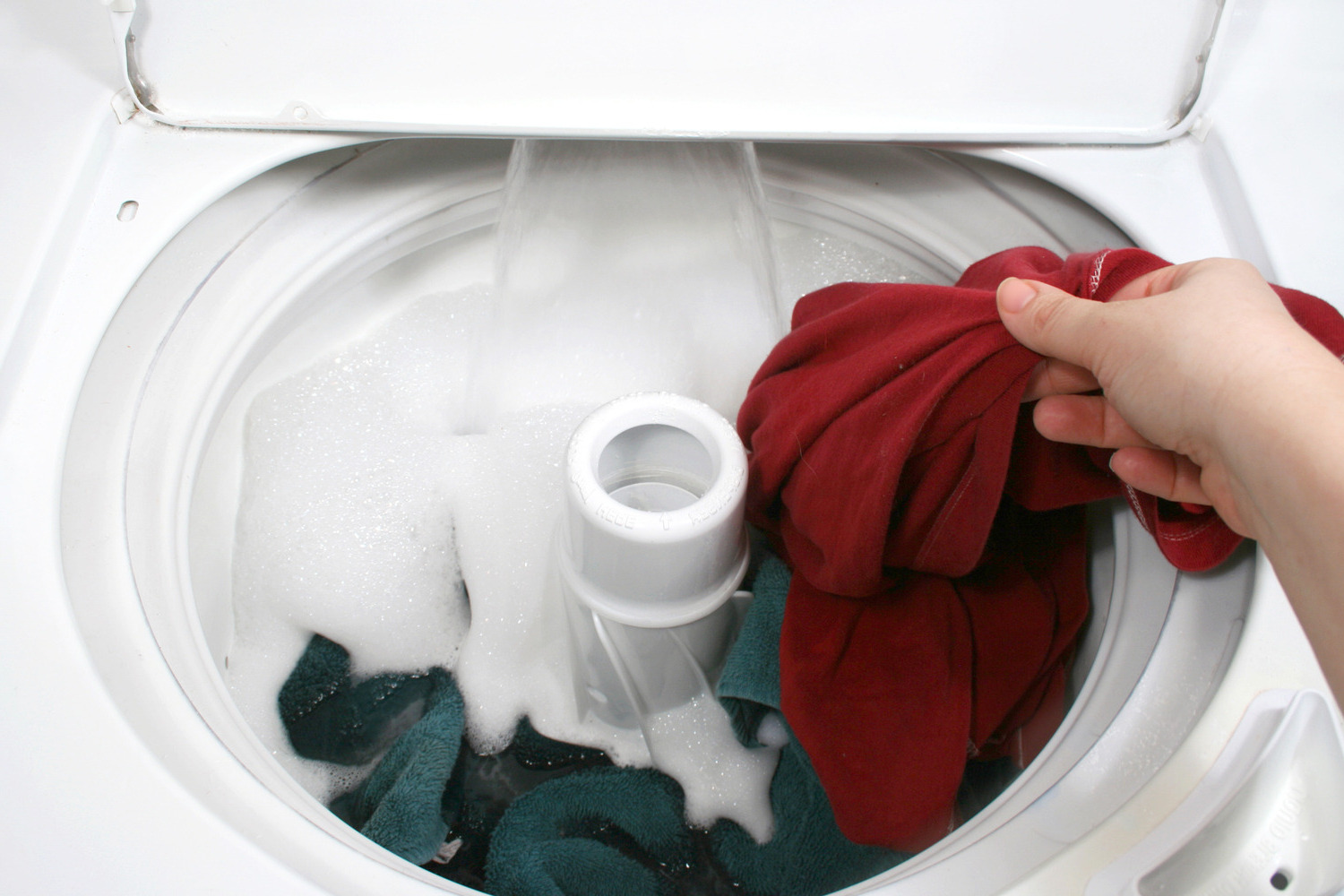

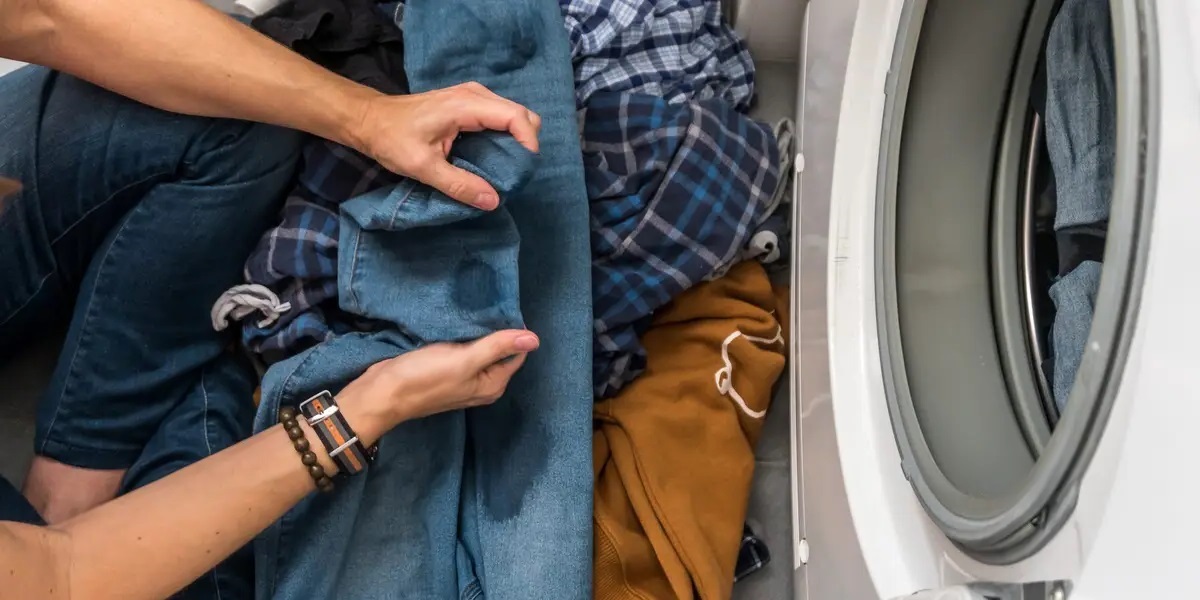
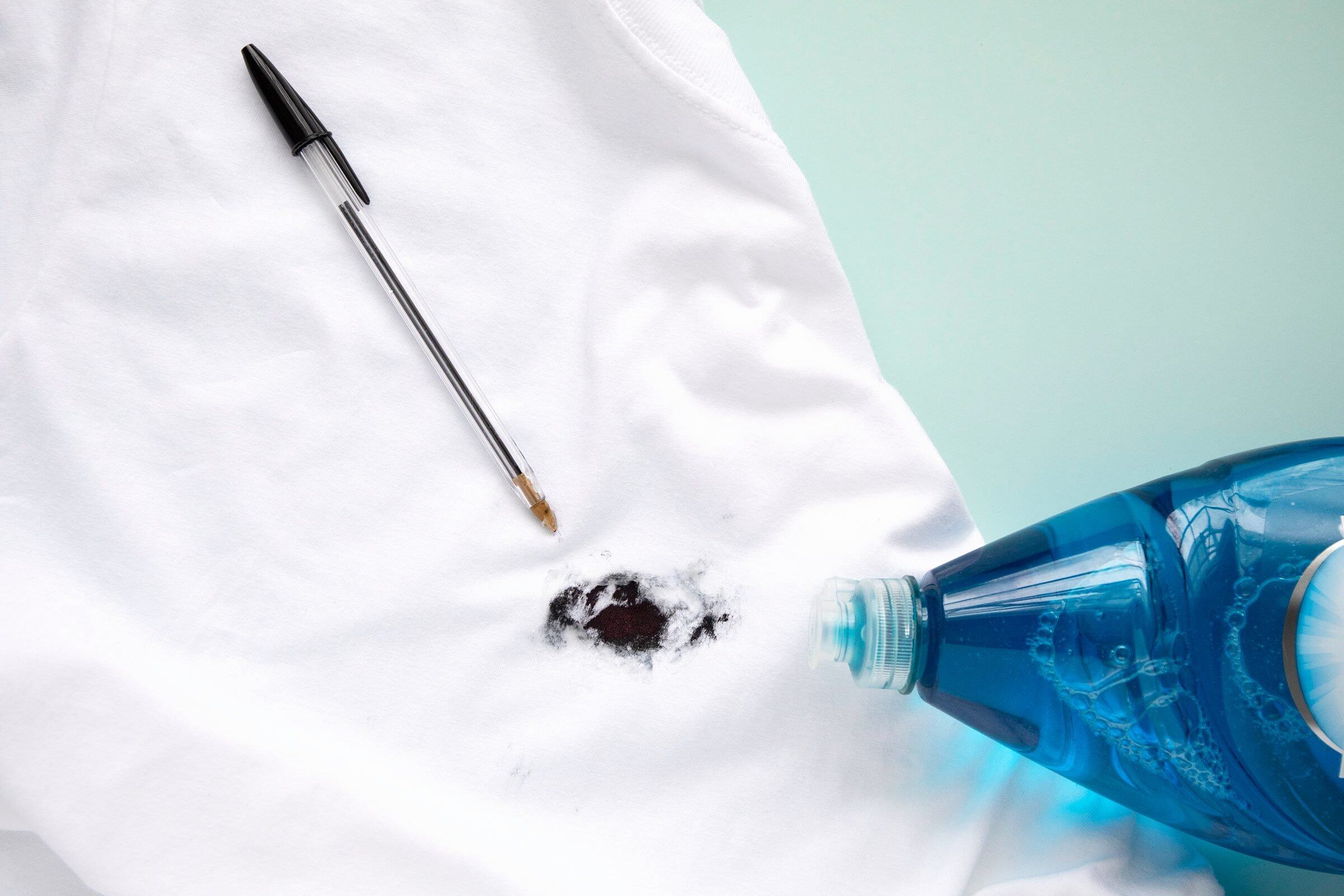
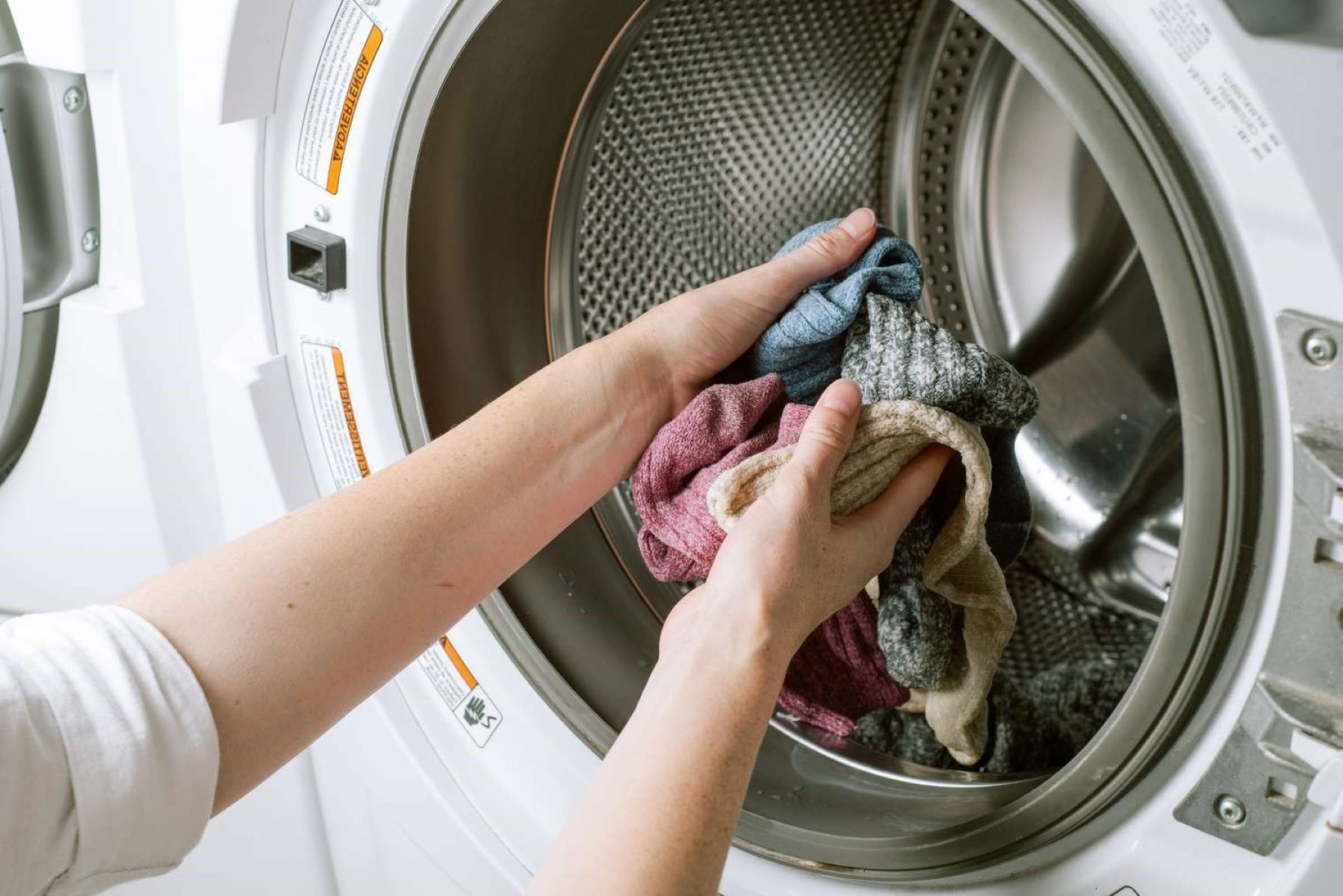
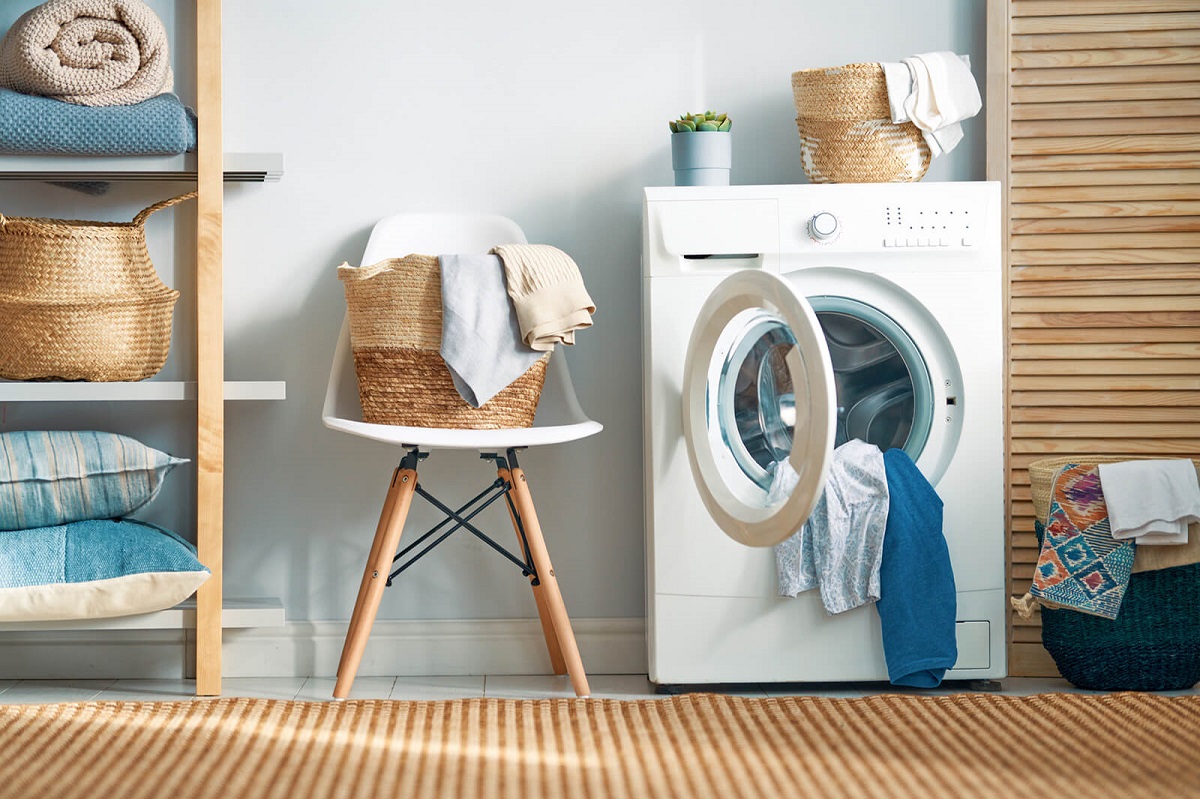
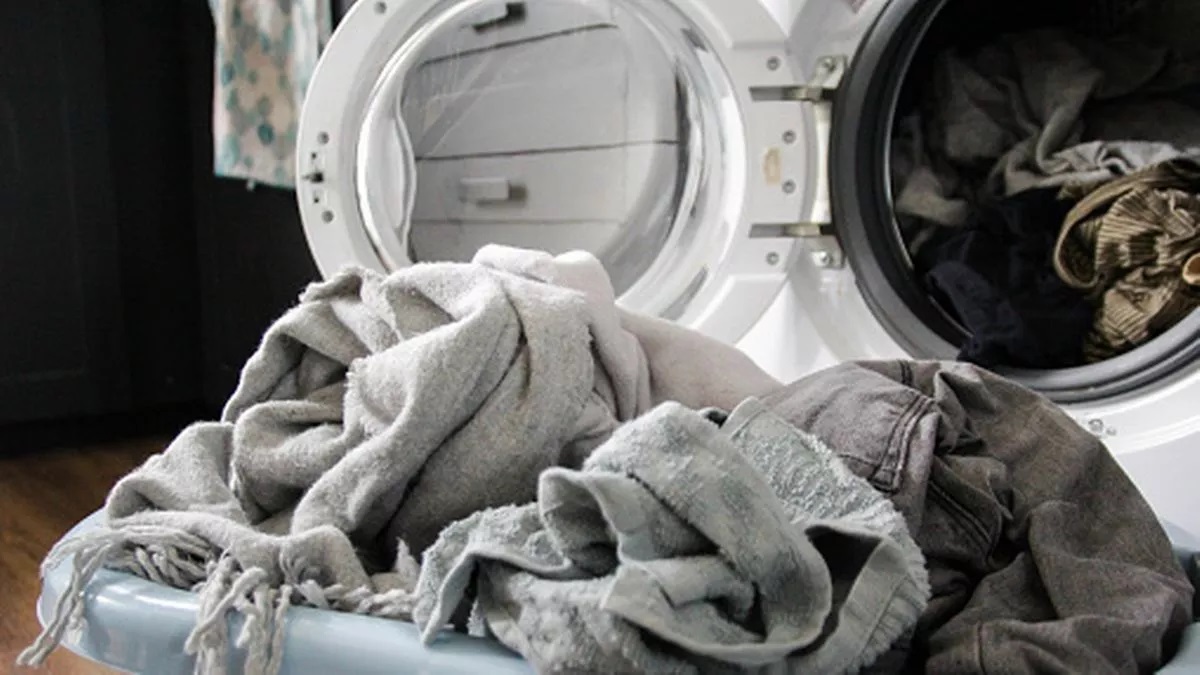
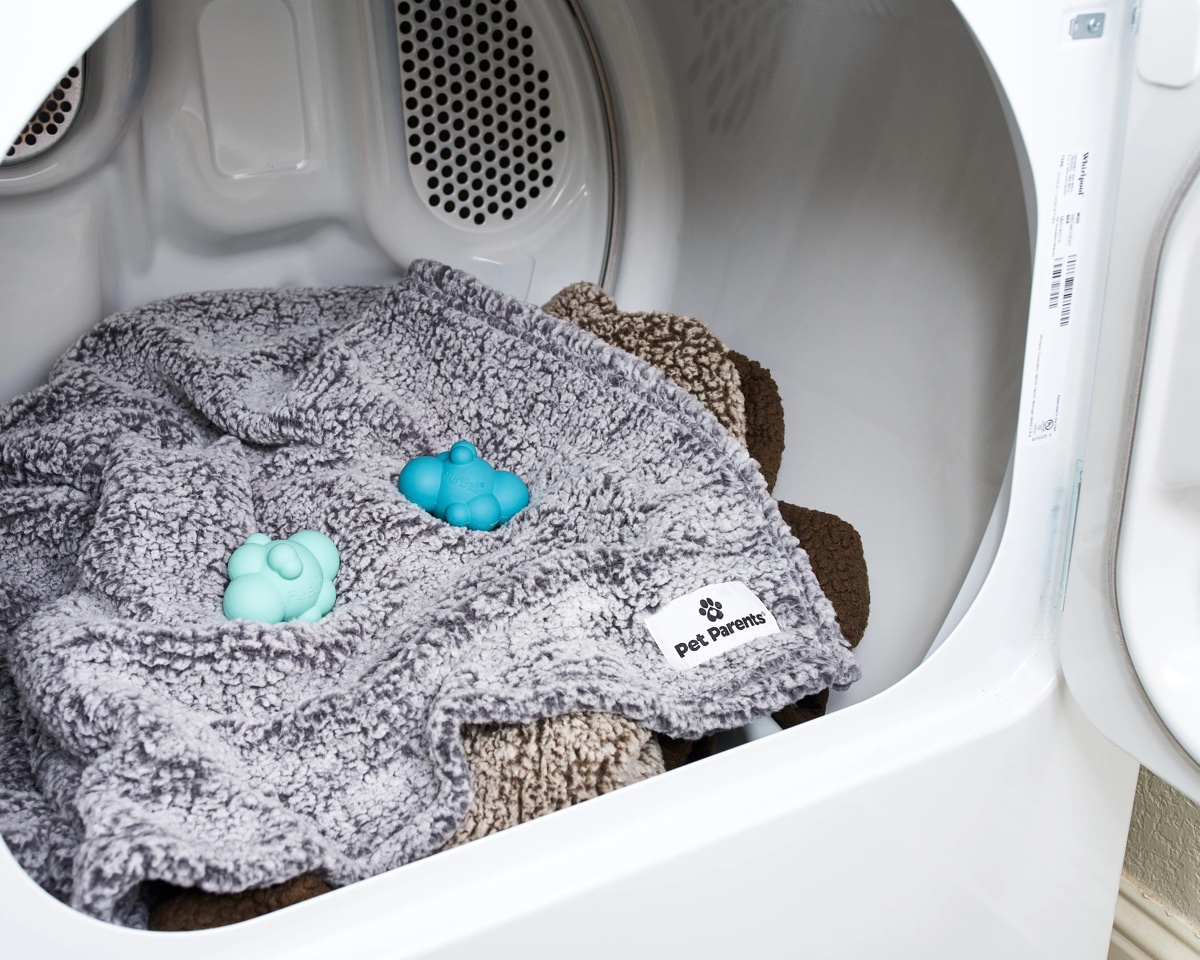
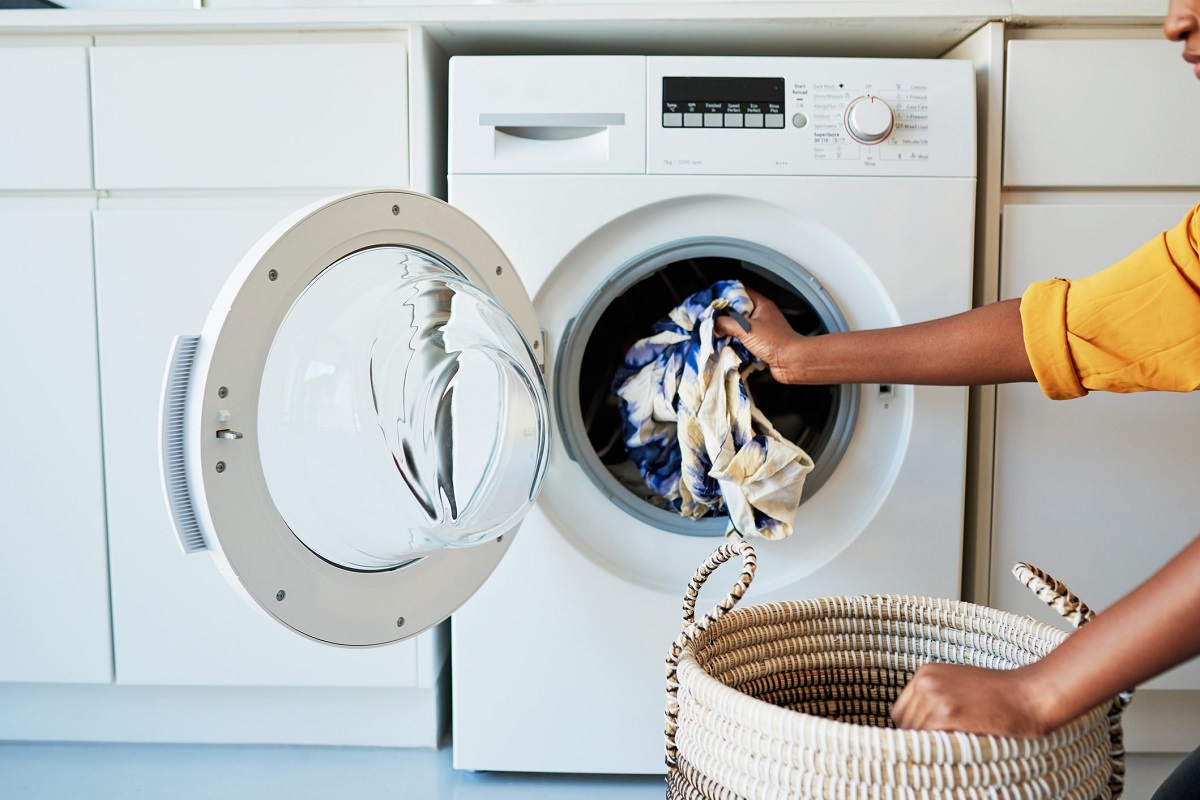


0 thoughts on “How To Get Mildew Out Of Clothes In The Washing Machine”